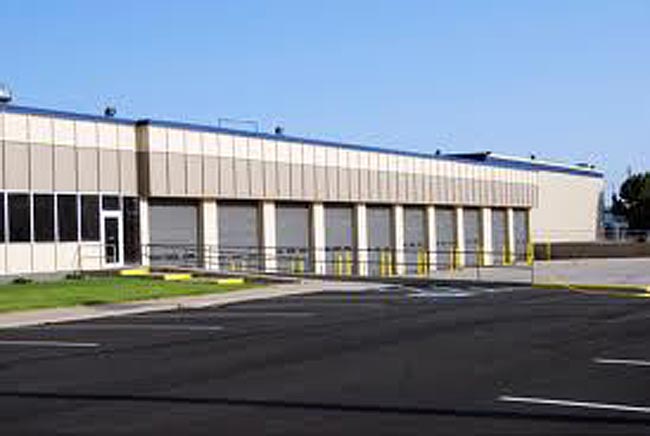

After participating in this course, you will be able to:
This interactive Training will be highly interactive, with opportunities to advance your opinions and ideas and will include;
Welcome, Introduction, Workshop Preview, Learning Outcomes, and Assessment Method
Introduction
Structural Systems and Components
Walls
Design of Roof Framing with Cantilever (Gerber) Girders and Open Web Steel Joists
Elevated Floors
Composite Floors with Concrete Deck Slab on Steel Beams or Girders
Composite Open Web Steel Joists and Trusses
Stub-girder Floor Construction
Steel and Composite Beams with Web Openings
Steel Castellated (open-web expanded) Beams
Introduction to Floor Vibration Due to Human Activities
Structural Design for Walking Excitation
Structural Design for Rhythmic Excitation
Structural Design for Sensitive Equipment
Evaluation of Vibration Problems and Remedial Measures
Crane Runways
Design of Mill Buildings and Combined Columns
Questions and Answers, Feedback on Achievement of Learning Outcomes
BTS attendance certificate will be issued to all attendees completing minimum of 80% of the total course duration
| Code | Date | Venue | Fees | Register |
|---|---|---|---|---|
| CE152-01 | 11-01-2026 | Marrakesh | USD 5950 | |
| CE152-02 | 10-05-2026 | Dubai | USD 5450 | |
| CE152-03 | 23-08-2026 | Cairo | USD 5450 | |
| CE152-04 | 29-11-2026 | Dubai | USD 5450 |
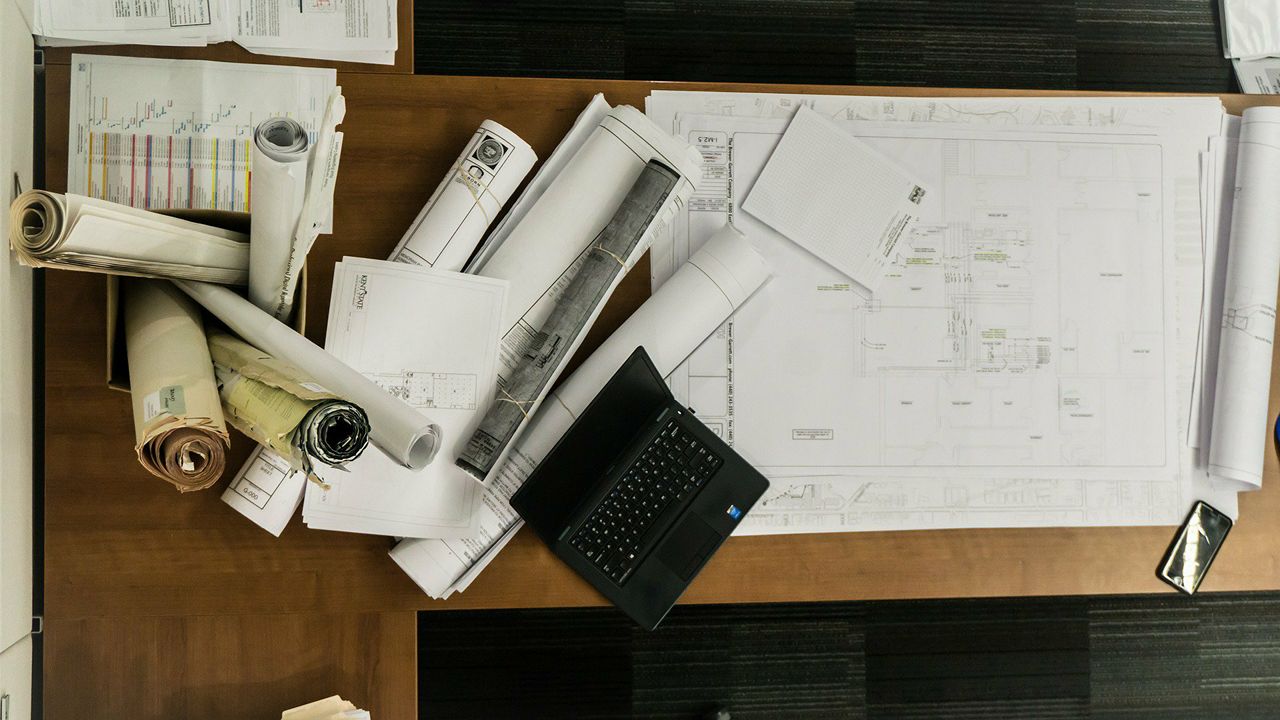
Architects and non-structural engineers often work together with structural engineers on design projects. An understanding of the basic concepts of structural engineering could make their jobs easier. ...
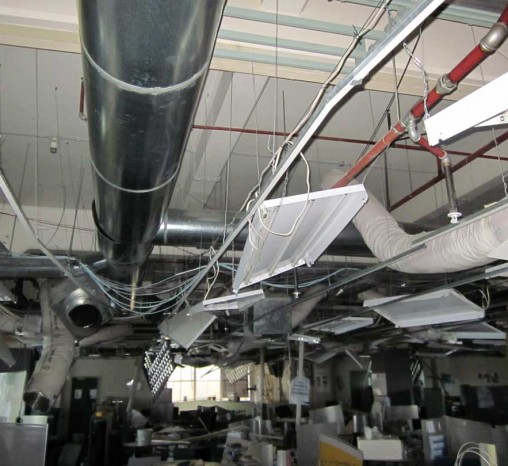
Construction is the largest industry in the world and anything constructed needs to be designed first. Structural Engineering deals with the analysis and design aspects, the basic purpose of which is ...
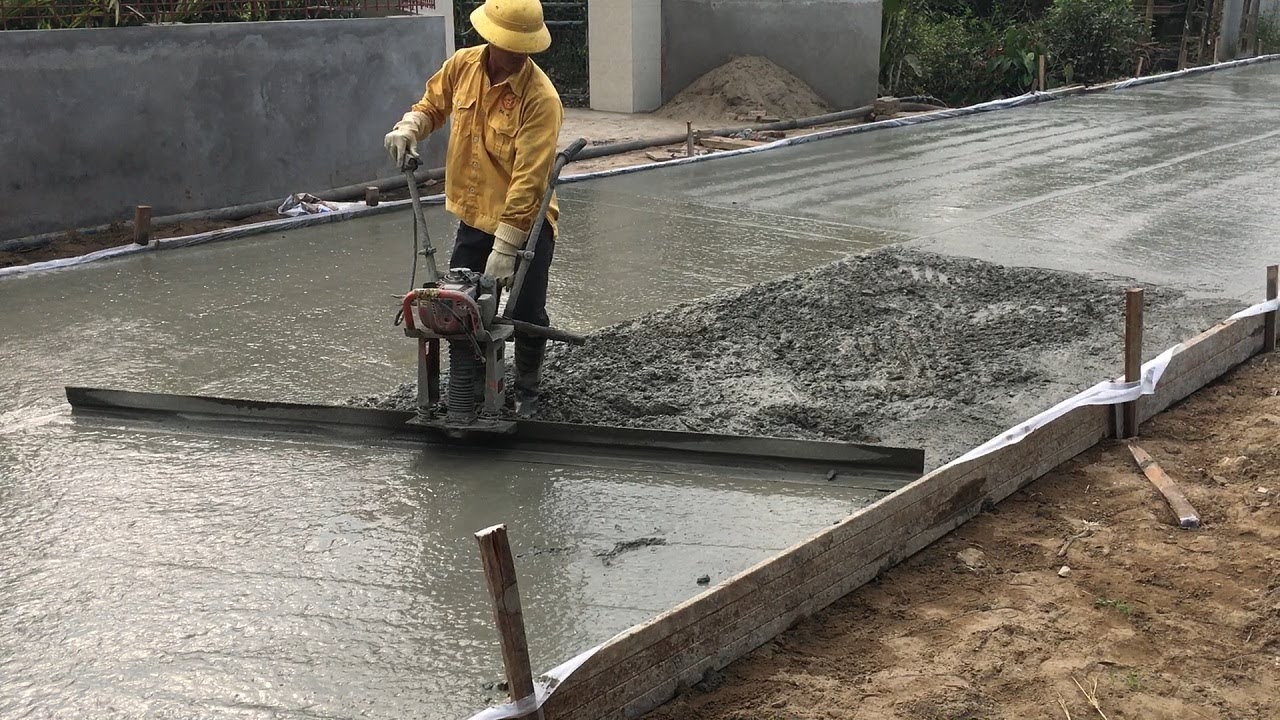
Concrete is widely used in domestic, commercial, recreational, rural and educational construction. Communities around the world rely on concrete as a safe, strong and simple building material. It is u ...
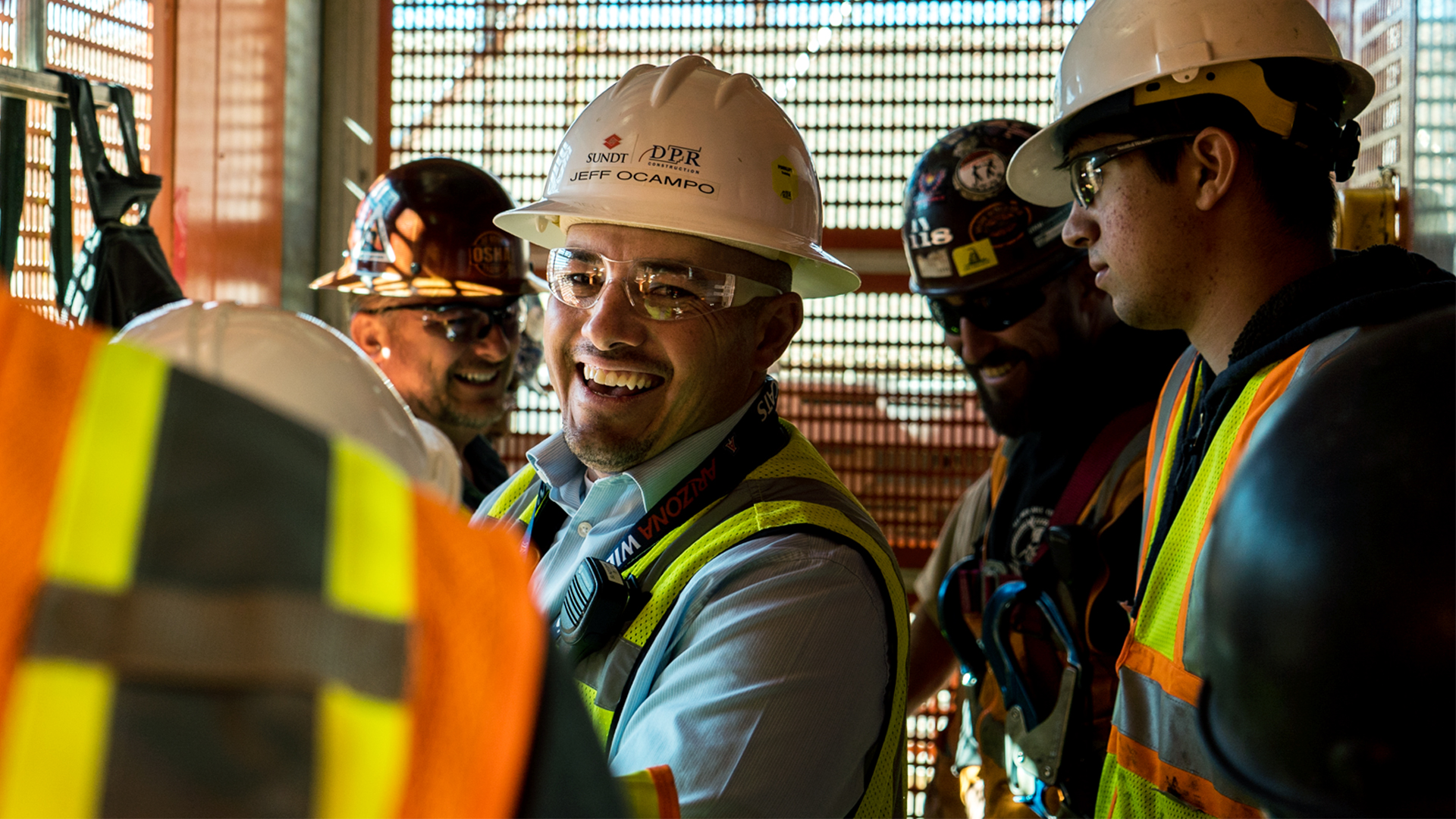
The construction industry is the largest industry in the world. It is more of a service than a manufacturing industry. Growth in this industry in fact is an indicator of the economic conditions of a c ...
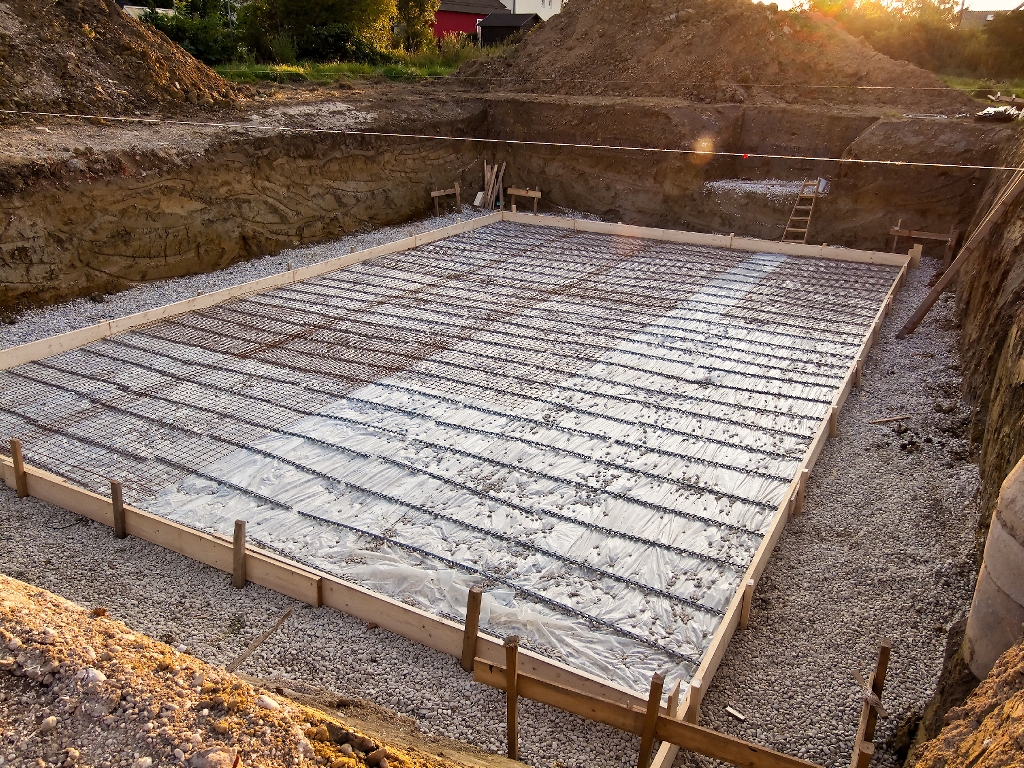
Concrete is widely used for making architectural structures, foundations, brick, block walls, pavements, bridges, overpasses, highways, runways, parking structures, dams, pools, reservoirs, pipes, foo ...
Providing services with a high quality that are satisfying the requirements
Appling the specifications and legalizations to ensure the quality of service.
Best utilization of resources for continually improving the business activities.
BTS keen to selects highly technical instructors based on professional field experience
Since BTS was established, it considered a training partner for world class oil & gas institution
1st floor, Incubator Buildingو Masdar City, Abu Dhabi, UAE
Sun to Fri 09:00 AM to 06:00 PM
Contact Us anytime!
Request Info